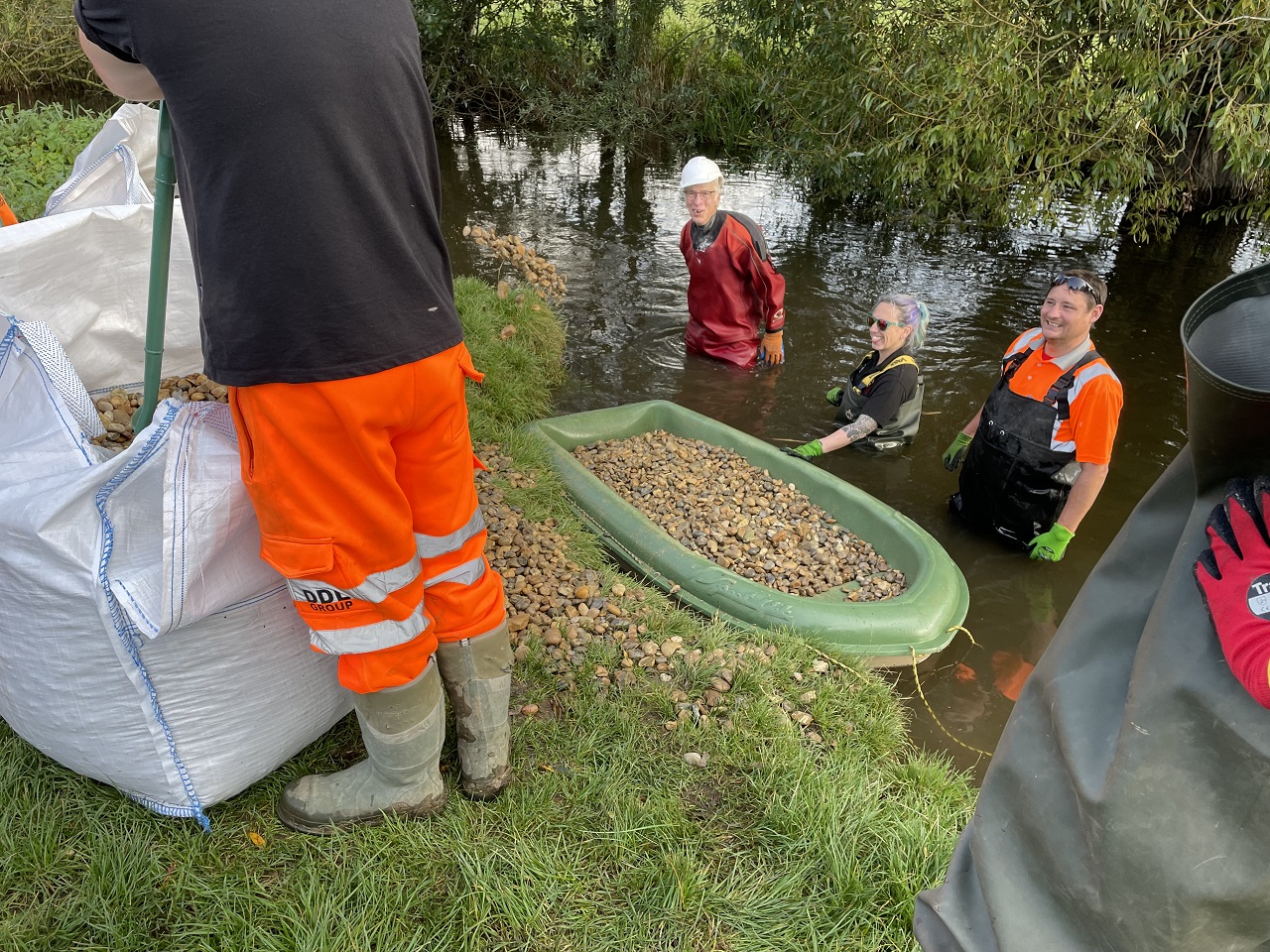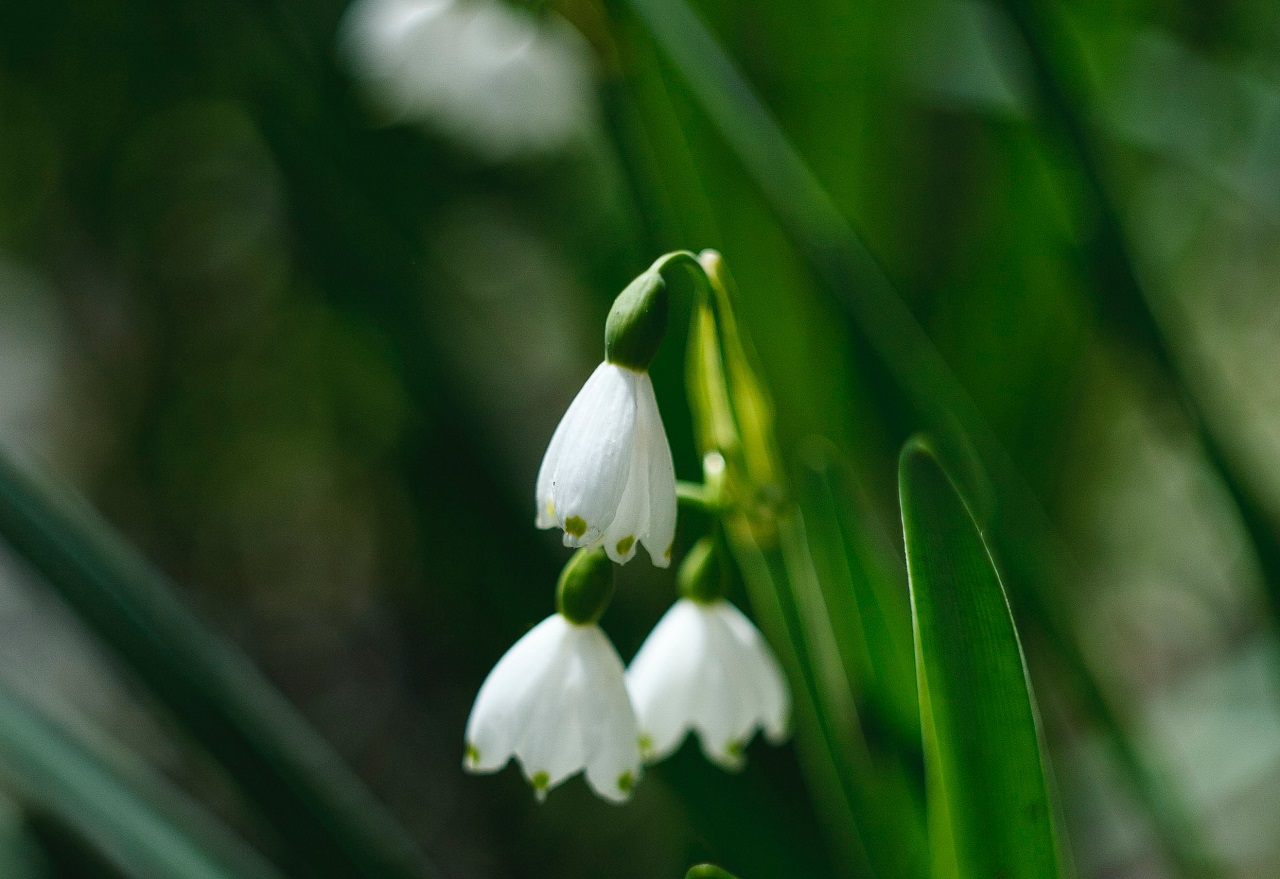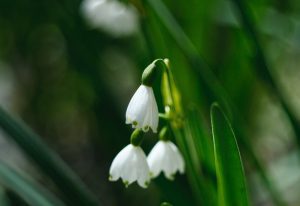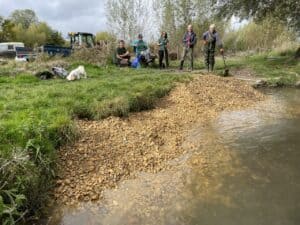Volunteers came out in large numbers during this year’s Loddon Rivers Week, held in September, to enhance river habitats in various ways, such as by adding gravels and installing deflectors.
Some of the 80+ volunteers across half a dozen sites, who clocked up more than 300 volunteer hours, were part of established groups which regularly look after sections of this river network.
However, this year’s focus week on the Loddon, co-ordinated by the South East Rivers Trust, was also a launchpad for future action to enhance this river network, which stretches across Hampshire, Surrey and Berkshire.
Many people became involved in caring the river for the first time, including families keen to get involved in volunteer work parties or learning to assess river health through carrying out Riverfly monitoring for invertebrates, which they can do regularly in the coming months.
Our Loddon Catchment Officer Lou Sykes reports.
The Fish: improving habitats
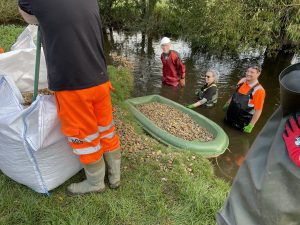
Volunteers installed 21 tonnes of gravel into the River Whitewater at Bassetts Mead, Hook, to establish deep pools and shallow riffles, creating a rollercoaster of newly improved habitat for fish and invertebrates. Fresh gravels allow fish to spawn.
Over the past three years, in partnership with Hampshire & Isle of Wight Wildlife Trust, 81 tonnes of gravel have been added to the river, improving a 200 metre section of the river.
During this year’s Loddon Rivers Week activities, volunteers also built a willow dead hedge, protecting the new riffles from dogs and children passing by on the footpath.
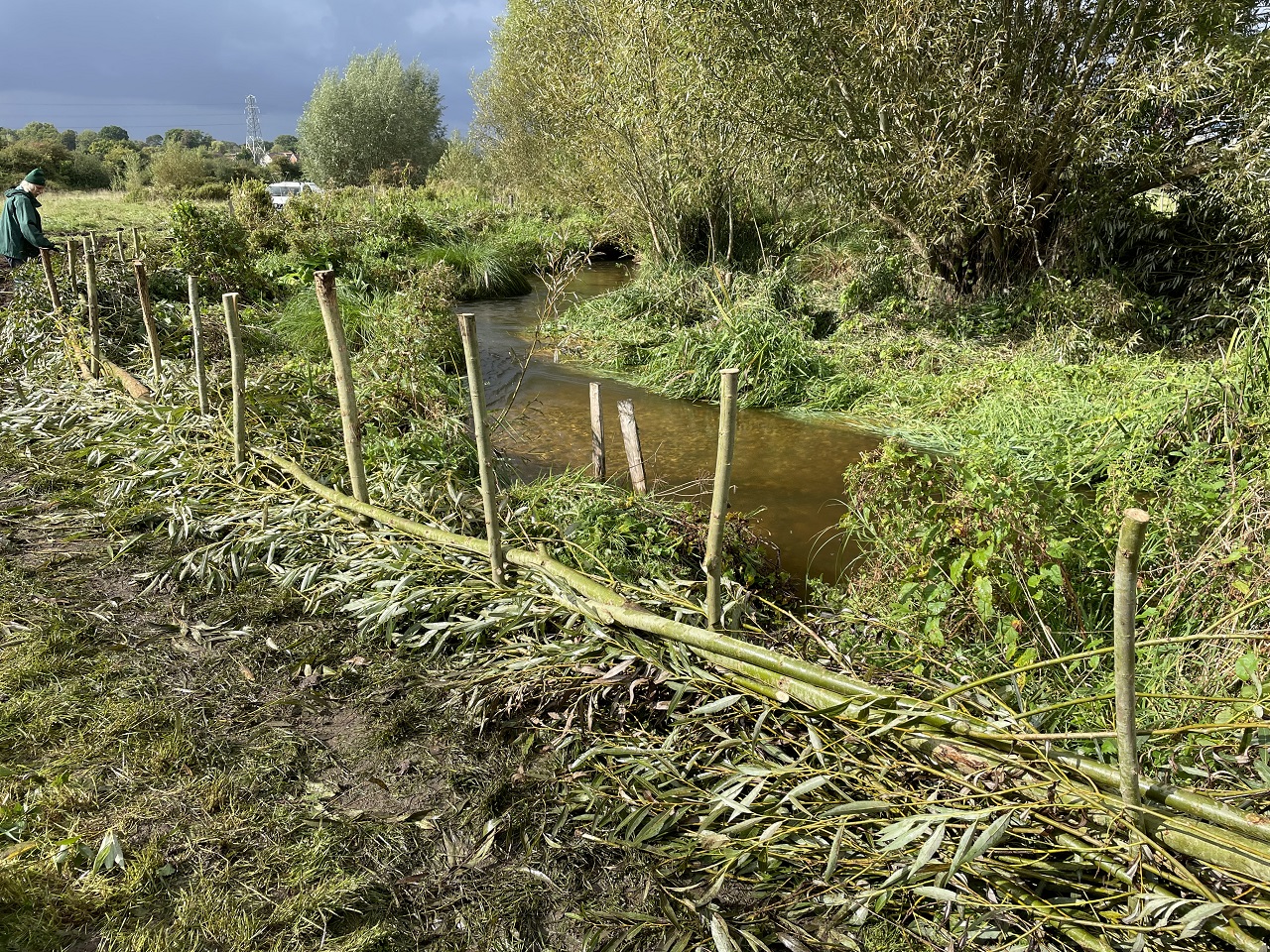
The sun: bringing light to the Petty’s Brook
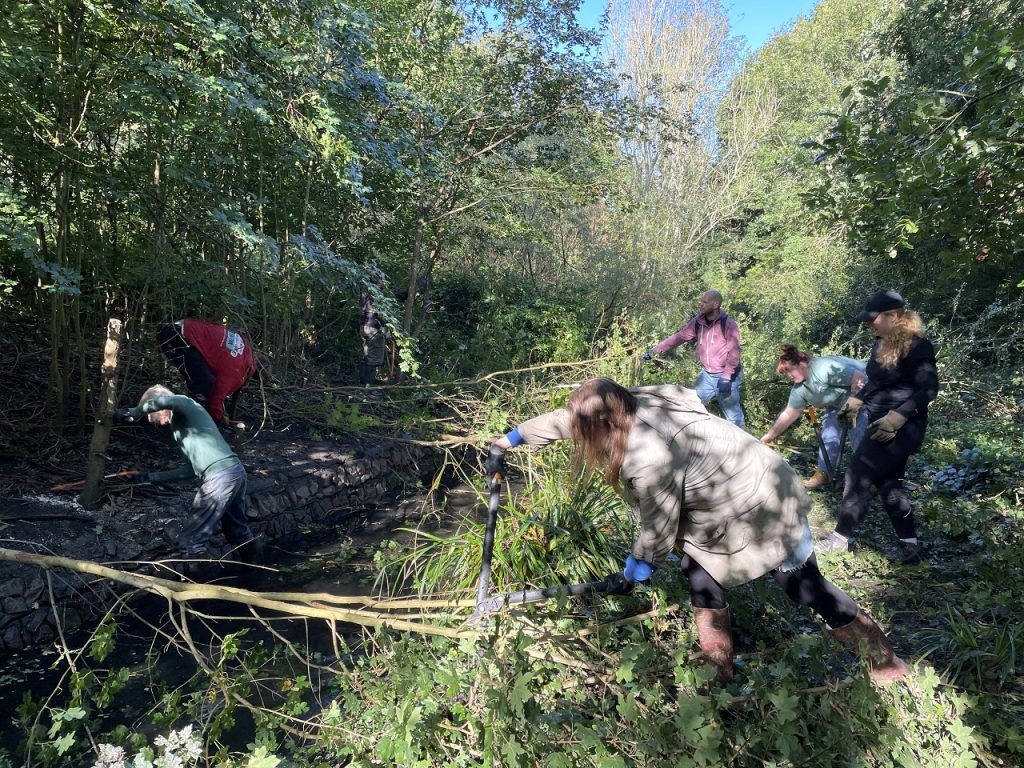
In Chineham, near Basingstoke, volunteers ‘daylighted’ a section of the Petty’s Brook. The stream in this section is largely overshaded, has a concrete lined bed and banks, and acts more like a small canal than river environment.
Overshading of a river can be one of the reasons that prevents the river from reaching good ecological status under the Water Framework Directive.
Trees are a vital element of the ecology of a river environment: they help to reduce water temperatures in summer months and to maintain oxygen levels in the water. Aquatic plants and algae are also an important component of a healthy stream, and excessive shading and reduced light prevents these from growing. We must create the right balance when restoring rivers, creating dappled shade to get the best of both worlds.
With the Chineham Volunteer Group, a relatively new group, we removed vegetation that was causing the river to be enclosed in a tunnel of trees and shrub, giving the stream encouragement to grow some aquatic plants.
Sticklebacks – a torpedo shaped small fish – moved in quickly post-clearance, giving young children at the event the opportunity to catch and inspect them in a net before setting them free back into their revamped environment.
The bugs: training communities to identify invertebrates
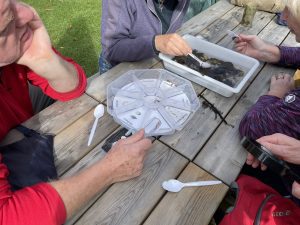
Water quality is the hot topic in the Loddon catchment this year, with projects starting to accurately monitor the state of the water on our patch.
Riverfly monitoring, in part measuring which invertebrates are in rivers, is a nationally important citizen science initiative used to monitor the health of rivers and to detect pollution events.
This year, we included a riverfly ‘show and tell’ for a keen group of residents in and around Basingstoke who will soon be donning wellies or waders to start monitoring the upper stretches in our catchment.
We introduced the basics and set them up to get them identifying the invertebrates in the samples. The four bullhead fish that made it into the invertebrates sample were a happy addition to the , freshwater shrimps, mayflies, snails and leeches also found.
Revisiting the past to see the difference
In addition to all the new activities this year, we also revisited on old project at Arborfield near Reading – a novel nature-like bypass channel facilitating fish migration around four permanent weirs, which impound and restrict rivers: 11 years on, a quick fish survey showed brown trout, chub, barbel, perch and pike all living in the established channel.
As part of this event, the Wild Trout Trust demonstrated some habitat improvement techniques, installing a woody deflector and willow ledge, to improve habitat in the new channel.
Our video shows the water flowing over the new deflector.
Thank you to partners and funders
Loddon Rivers Week, which has been running since 2017, does not happen without an enormous amount of collective effort from partners, and a special thank you must go to the Environment Agency and Network Rail for funding the coordination of the week.
We would also like to thank the partners involved in the week, including Hampshire & Isle of Wight Wildlife Trust, Loddon Fisheries and Conservation Consultative, Wokingham Borough Council, Basingstoke & Deane Borough Council, Chineham Volunteer Group, Blackwater Valley Countryside Partnership, SOLVE (Save Our Loddon Valley Environment), Hook Parish Council and Rushmoor Borough Council.
We’ll be back next year to repeat the progress made this year! Meanwhile, read our River Loddon storymap to find out the issues faced by this network, learn about what the catchment partnership, comprised of dozens of organisations, has achieved already and how you can become involved. Or keep an eye on our events page for volunteering opportunities.

